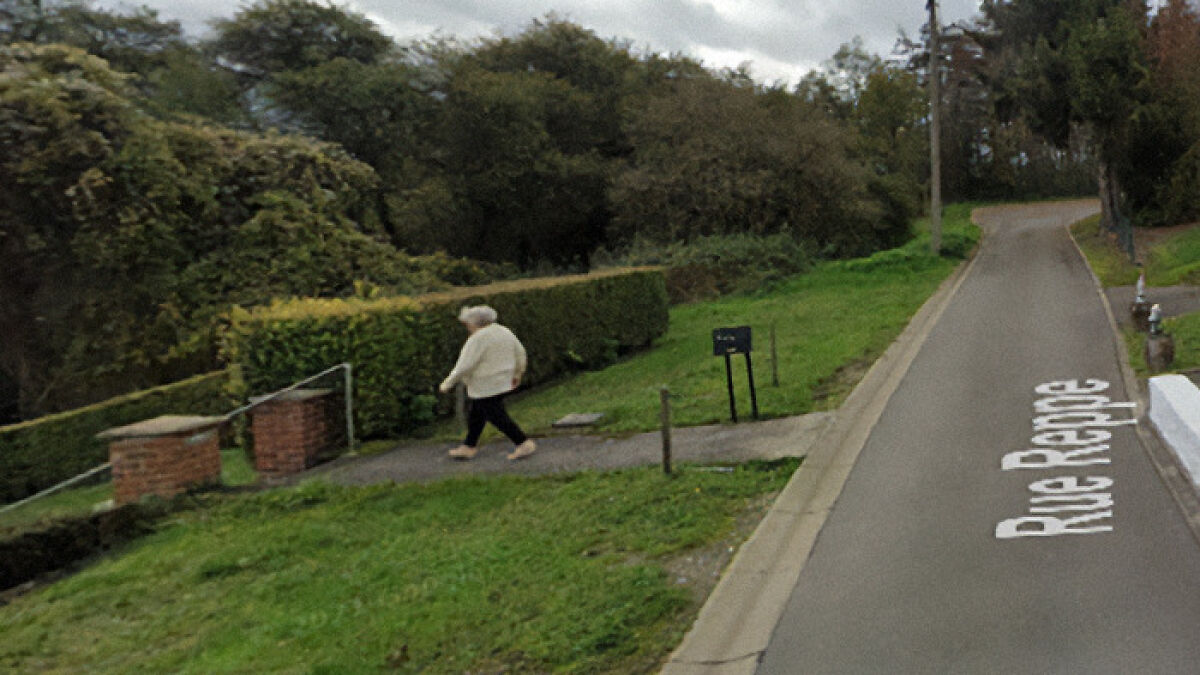
Woman Vanishes After Her Husband Goes Outside—2 Years Later, Google Maps Gives Him Closure
The disappearance of an elderly woman with Alzheimer’s disease in Belgium was solved two years later thanks to Google Maps.
On November 2, 2020, Paulette Landrieux left her home and never returned. Her husband, Marcel Taret, was her sole caregiver.
Podcaster Mr. Ballen shared the case in his latest episode, Out With A Bang, published on December 29.
- Google Maps helped solve the case of a missing woman with Alzheimer's in Belgium.
- Paulette Landrieux vanished in 2020 after her husband went outside to hang the laundry.
- A neighbor later spotted Paulette on Google Street View, leading police to find her location.
A photo taken by a Google Maps vehicle proved instrumental in solving the case of a missing woman with Alzheimer’s disease

Image credits: Ron Lach/Pexels (Not the actual photo)
As Mr. Ballen explained, caring for Paulette became a full-time job for Marcel as hercondition worsened. “Paulette needed help remembering to eat or to take her medications on time,” he said.
“Sometimes, she would just wander off without telling Marcel, and he would have to go and corral her and bring her back home.
“For Marcel, watching his wife struggle with this disease was absolutely heartbreaking, so he did everything in his power to make her life as comfortable and happy as he possibly could.”
Paulette Landrieux disappeared on November 20, 2020, after wandering off when her husband went outside to hang the laundry
Image credits: Missing Doe
At the end of 2020, the 83-year-old woman disappeared from the small city of Andenne in Belgium.
Marcel went outside for a few minutes to hang the laundry on the washing line. To prevent Paulette from walking away or hurting herself, he turned the TV on and set her up to watch her favorite show while having lunch.
However, when he returned, Paulette was nowhere to be found.
Image credits: Google Maps
“He immediately began calling out his wife’s name, but she didn’t call back. He searched the whole house and couldn’t find her,” Mr. Ballen recounted.
“He went outside. He searched the outside of the house but she wasn’t there. He even knocked on some neighbors’ doors but they hadn’t seen her.”
The exasperated husband called the police, who reportedly deployed a helicopter to search the area for the missing woman. Canine units and half a dozen officers were involved in the operation.
Two years later, a neighbor found her image on Google Maps, allowing police to trace the path she had taken
Image credits: Google Maps
Image credits: Google Maps
“The hours kept ticking by, and as the sun began to go down, there was still no sign of Paulette,” the podcaster continued.
“Nobody had any idea where she was, and weeks turned into months and then months turned into two full years that nobody had seen Paulette.
“By that point, Marcel had basically resigned himself to the fact that he very likely would die without ever figuring out what happened to his wife.”
The camera also captured Marcel, Paulette’s husband, as he was hanging the laundry
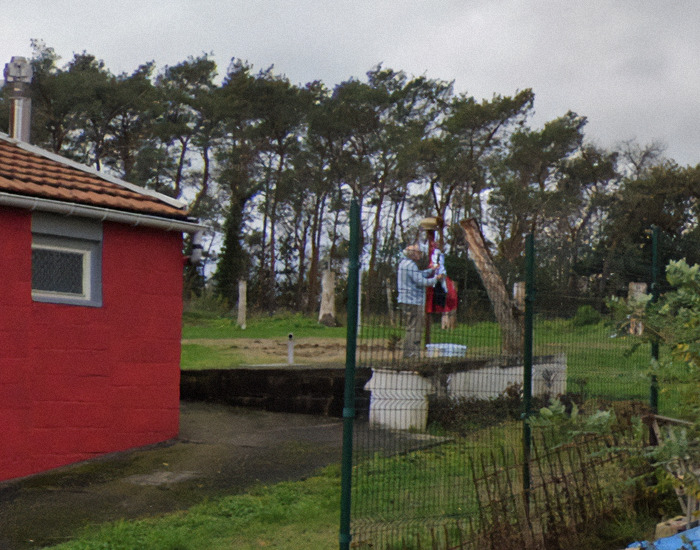
Image credits: Google Maps
Two years later, in 2022, a neighbor found a crucial clue while looking on Google Maps.
Surprisingly, on the day of Paulette’s disappearance,Google’sStreet View camera car had passed right in front of the couple’s home.
The Google Maps photos show Paulette walking across the street, away from her house, while Marcel hangs laundry in the backyard.
According to Mr. Ballen, a steep hill led down to a thick, bramble bush across the street.
Image credits: T Leish/Pexels (Not the actual photo)
Using the Street View photos, police traced the route that Paulette appeared to have taken and found her body in the bramble bush.
“When that huge search for her was going on, very likely she was just trapped down there,” the content creator said.
“She didn’t understand what was going on and couldn’t necessarily yell up to communicate with anybody, so she stayed down there and died.”
Police eventually found Paulette’s body in a thick, bramble bush
Image credits: Pixabay/Pexels (Not the actual photo)
About 6.9 million people aged 65 and older live with Alzheimer’s disease in the United States, according to theMayo Clinic.
Among them, more than 70% are aged 75 and older. Of the more than 55 million people in the world withdementia, 60% to 70% are estimated to have Alzheimer’s disease.
The first symptoms of the disease are usually minor memory problems, such as forgetting recent events or conversations. Over time,Alzheimer’s disease leads to more serious memory loss, affecting a person’s ability to complete everyday tasks like moving around or routine activities that require planning.
Image credits: Missing Doe
This isn’t the first timeGoogle Maps has provided clues aiding police investigations. More recently, on December 18, 2024, officers in Castile and León, Spain, arrested two individuals in connection with a missing person’s case after a Google vehicle captured a man loading a bulky white sack into the trunk of a car.
The investigation dates back to 2023. In November 2023, a Cuban national in the province of Soria, Castile and León had been reported missing by a relative after they’d received suspicious messages from his phone, as perEl País.
The images were taken during the first visit since November 2009 by a Google Maps vehicle to the small village of Tajueco in Soria, according to Google Maps data.
“At least there is closure. Must be worse not knowing what happened,” a reader commented
Poll Question
Thanks! Check out the results:
Nearby bush is one of the first places to track. But always put a wearable tracker on Alzheimer patients!
Not as easy as you may think. In the later stages my grandma got highly agitated by anything that wasn't soft and loose. A tracker would have been impossible to keep on her. She would not have stopped trying to get it off. If they will tolerate it a tracker is a good idea.
Load More Replies...As a former Search and Rescue K9 handler, we are taught that Alzheimer patients will continue on until they physically cannot go any further. That's frequently brush and brambles and steep hills. K9 handlers should have checked the nearest areas like that. Typical lost person behavior does not apply when dealing with Alzheimer's and severe dementia victims and search area assignments should take that into consideration. We once found a woman in a backyard of a stranger's house. She got in through the gate and couldn't find her way out. Security camera showed her walking around and around the yard, but she never tried to get in the house or call for help.
Had a friend who worked at a care home. On half was for dementia residents. Doors were locked and staff were vigilant but there was was this one tiny woman. She would manage to get out a few times and would just pick a direction. He said it was amazing how much ground she could cover. They found her once across town and headed out along the highway.
Just because they do not understand that they should not do this, does not mean they cannot do this... Alzheimers runs in my maternal family, grandma and 2 her brothers had this diagnosis. One of the brothers usually walked around the house, checked mailbox multiple times, went to the garden to grab an apple. Everything was fenced, but sometimes he opened gates and went down the road. Luckily, not an active street. On the other hand, because it was not an active street, but unpaved village road, no one noticed him too much.
Load More Replies...Nearby bush is one of the first places to track. But always put a wearable tracker on Alzheimer patients!
Not as easy as you may think. In the later stages my grandma got highly agitated by anything that wasn't soft and loose. A tracker would have been impossible to keep on her. She would not have stopped trying to get it off. If they will tolerate it a tracker is a good idea.
Load More Replies...As a former Search and Rescue K9 handler, we are taught that Alzheimer patients will continue on until they physically cannot go any further. That's frequently brush and brambles and steep hills. K9 handlers should have checked the nearest areas like that. Typical lost person behavior does not apply when dealing with Alzheimer's and severe dementia victims and search area assignments should take that into consideration. We once found a woman in a backyard of a stranger's house. She got in through the gate and couldn't find her way out. Security camera showed her walking around and around the yard, but she never tried to get in the house or call for help.
Had a friend who worked at a care home. On half was for dementia residents. Doors were locked and staff were vigilant but there was was this one tiny woman. She would manage to get out a few times and would just pick a direction. He said it was amazing how much ground she could cover. They found her once across town and headed out along the highway.
Just because they do not understand that they should not do this, does not mean they cannot do this... Alzheimers runs in my maternal family, grandma and 2 her brothers had this diagnosis. One of the brothers usually walked around the house, checked mailbox multiple times, went to the garden to grab an apple. Everything was fenced, but sometimes he opened gates and went down the road. Luckily, not an active street. On the other hand, because it was not an active street, but unpaved village road, no one noticed him too much.
Load More Replies...
 Dark Mode
Dark Mode 

 No fees, cancel anytime
No fees, cancel anytime 








































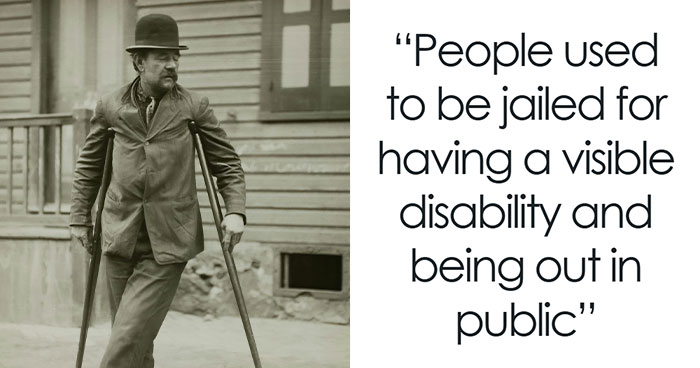


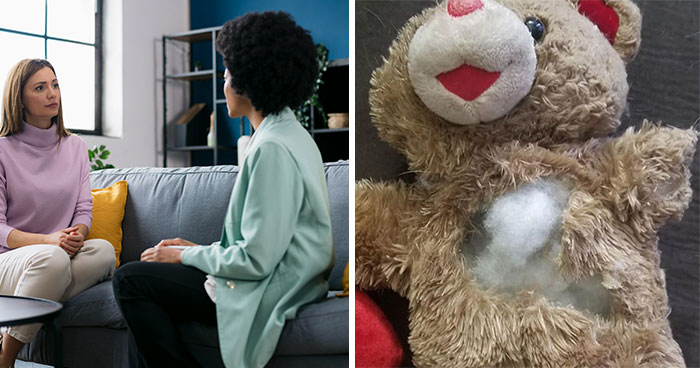
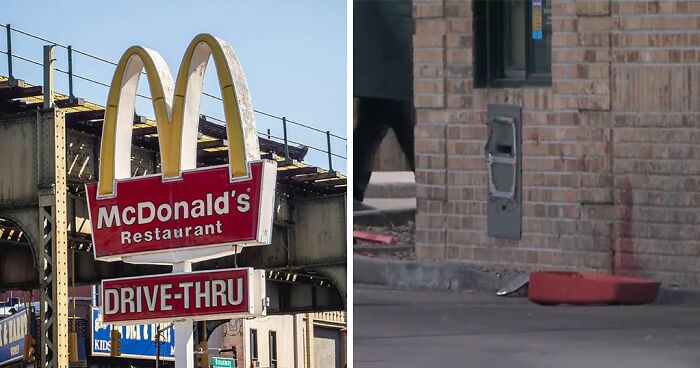





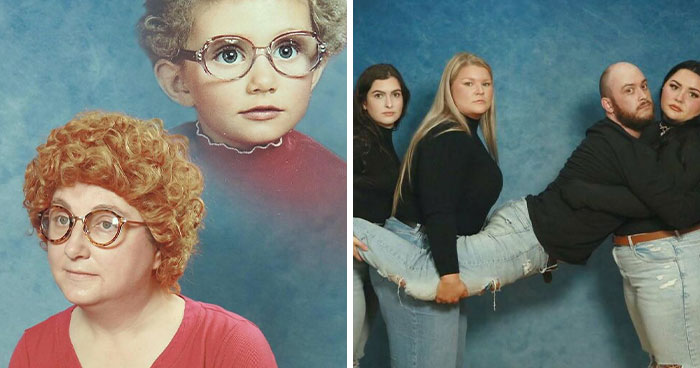


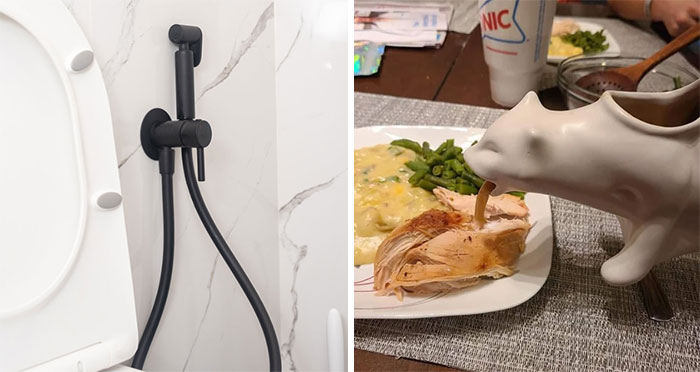






















62
26